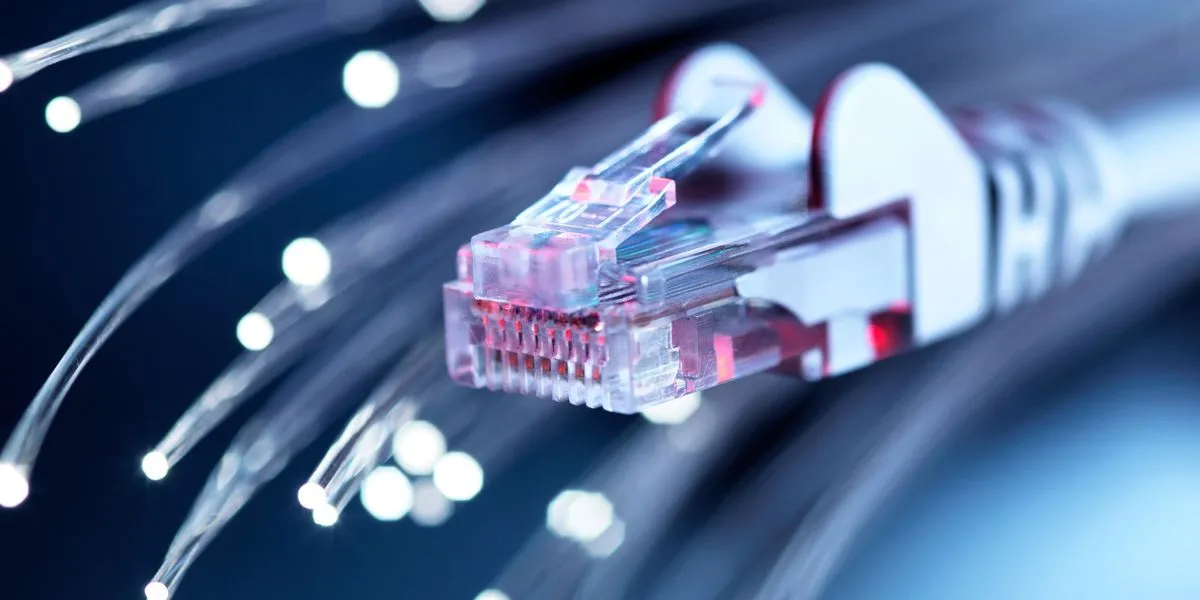Ethernet is Still Going Strong After 50 Years - IEEE Spectrum
Ethernet is Still Going Strong After 50 Years - IEEE Spectrum

spectrum.ieee.org
Ethernet is Still Going Strong After 50 Years

Ethernet is Still Going Strong After 50 Years - IEEE Spectrum

Ethernet is Still Going Strong After 50 Years
